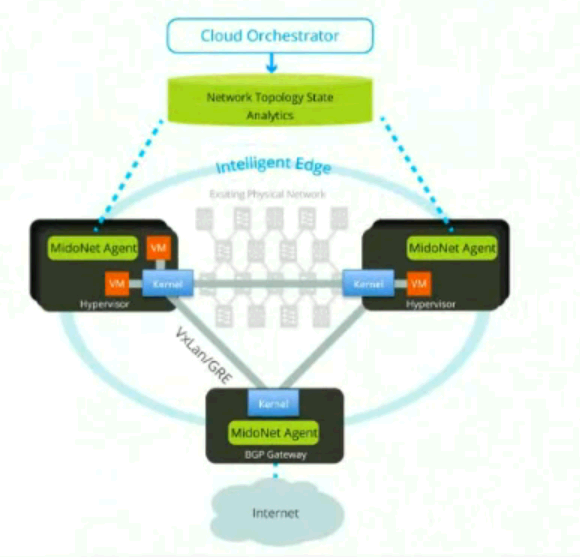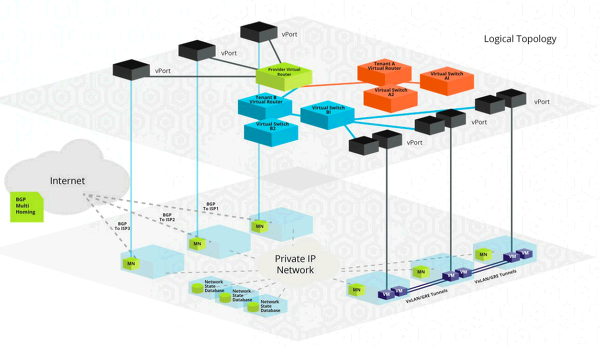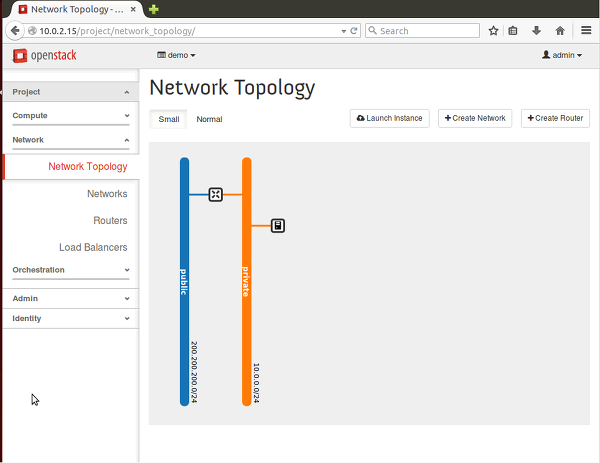(Recovered from my old article - originally posted on 2016.02.02 00:05 KST)
I participated in OpenStack study on last Friday. In the study, there were two presentations
which study attendees wanted to listen to, but could not see last year. Moreover, attendees discussed
how we could study more effectively in 2016.
Facebook notice: https://www.facebook.com/events/1711379062437713/
1. codetree: Installing OpenStack using his shell scripts in more automated manner

He already presented the topic on last July. However, last week, he presented more details with updated shell scripts: version 2.
The followings are main changes compared to version 1
: Extracting and unifying duplicated functionalities into shell script functions => "common" directory
: Tested how nova-docker is installed and how we can create Docker instances
: Tested OpenStack installation base virtual machine images using PXE
Shell script sources are available on: https://github.com/openstack-kr/study_devops.
The scripts are so convenient that we do not iterate much manual stuff.
One of remarkable things is that the scripts followed official OpenStack installation guide (Kilo).
For example, "kilo-step-01.sh" means that the script file follows Chapter 1 in OpenStack Kilo installation guide.
So, by studying the scripts, people can better understand how we install OpenStack with official installation guide.
- Slide link: https://onedrive.live.com/redir?resid=4A848F40E8EF8761%21572
2. Sungwon: HA using DVR

He presented last week because he could not attend on last December.
DVR (Distributed Virtual Router), which was integrated in OpenStack Juno release,
enables to distribute lots of network services, which were previously maintained in one Neutron server instance.
I was so impressed by his presentation because he customized codetree's shell scripts.
He forked codetree's GitHub repository, and added DVR installation and integration into his forked repository.
- Slide link: https://onedrive.live.com/redir?resid=4A848F40E8EF8761%21575
'OpenStack' 카테고리의 다른 글
| First OpenStack Upstream Training in Korea in Feb 2016 (0) | 2024.03.10 |
|---|---|
| One Azure Use-case & Comparison with OpenStack Dashboard (0) | 2024.03.10 |
| Midostack: OpenStack + MidoNet installation (0) | 2024.03.10 |
| DevStack installation: Icehouse Release (Single node, Neutron) (0) | 2024.03.09 |
| [Korean translation]: Namespaces in operation, part 7: Network namespaces (from lwn.net) (0) | 2024.03.09 |







